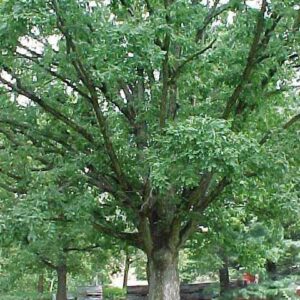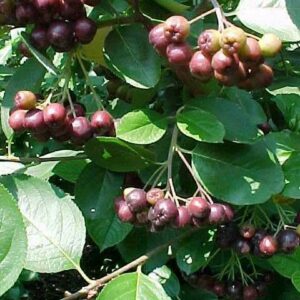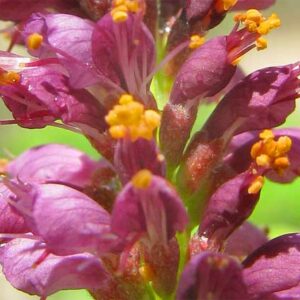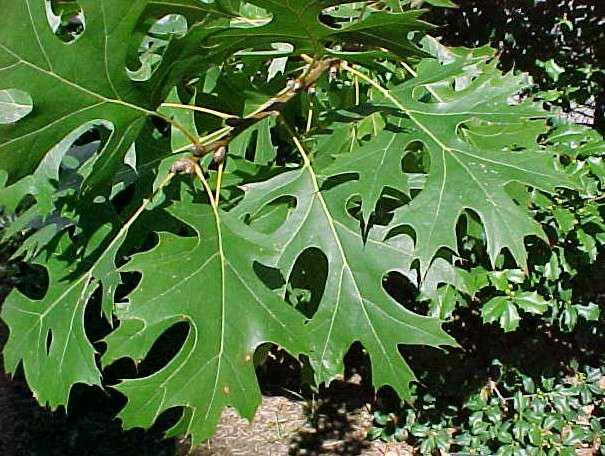Shumard oak (Quercus shumardii)
$30.00
5 in stock
Share
Description
Culture
Easily grown in average, dry to medium moisture, acidic, well-drained soils in full sun. Tolerates a wide range of soil conditions including wet soils.
Noteworthy Characteristics
Shumard oak is a medium sized, deciduous tree of the red oak group. Pyramidal in youth but spreads to a broad open crown with age. Typically grows at a moderately fast rate to a height of 40-60′ (to 100′ in the wild). Shiny, dark green leaves (6-8″ long) with deep, spiny lobes (usually 7-9 lobes). Fall color appears late, but is often a respectable brownish red. Insignificant flowers in separate male and female catkins appear in early spring as the leaves emerge. Fruits are acorns which are usually not produced until the tree has reached the age of 25 years. Indigenous to central and southern Missouri in moist locations in bottomlands and lowlands, including sites along streams and lakes, valleys, floodplains and at the edge of swamps. However, in the St. Louis area, it is most often found on dry, elevated sites. Similar in appearance and habit to scarlet oak (Quercus coccinea).
Problems
Generally a durable and long-lived tree, but is susceptible to a large number of potential diseases and insect pests, including anthracnose, canker, leaf spot, rust, blight, galls, caterpillars, borers, leaf miners, oak lace bug and oak mite. Chlorosis (yellowing of the leaves while the veins remain green) often occurs when soils are not properly acidic. Can be difficult to transplant and establish.
Garden Uses
Shade tree, street tree, lawn tree. Does well in wide range of soils from dry locations to wet ground and low spots.
Additional information
| size | 15-gallon, 3-gallon |
|---|
Related products
-

American Hornbeam (Carpinus caroliniana)
Select options This product has multiple variants. The options may be chosen on the product page -

White Oak (Quercus alba)
Select options This product has multiple variants. The options may be chosen on the product page -

Black Chokeberry (Aronia melanocarpa)
$30.00 Out of Stock -

False Indigo (Amorpha fruticosa)
$30.00 – $60.00 Select options This product has multiple variants. The options may be chosen on the product page


